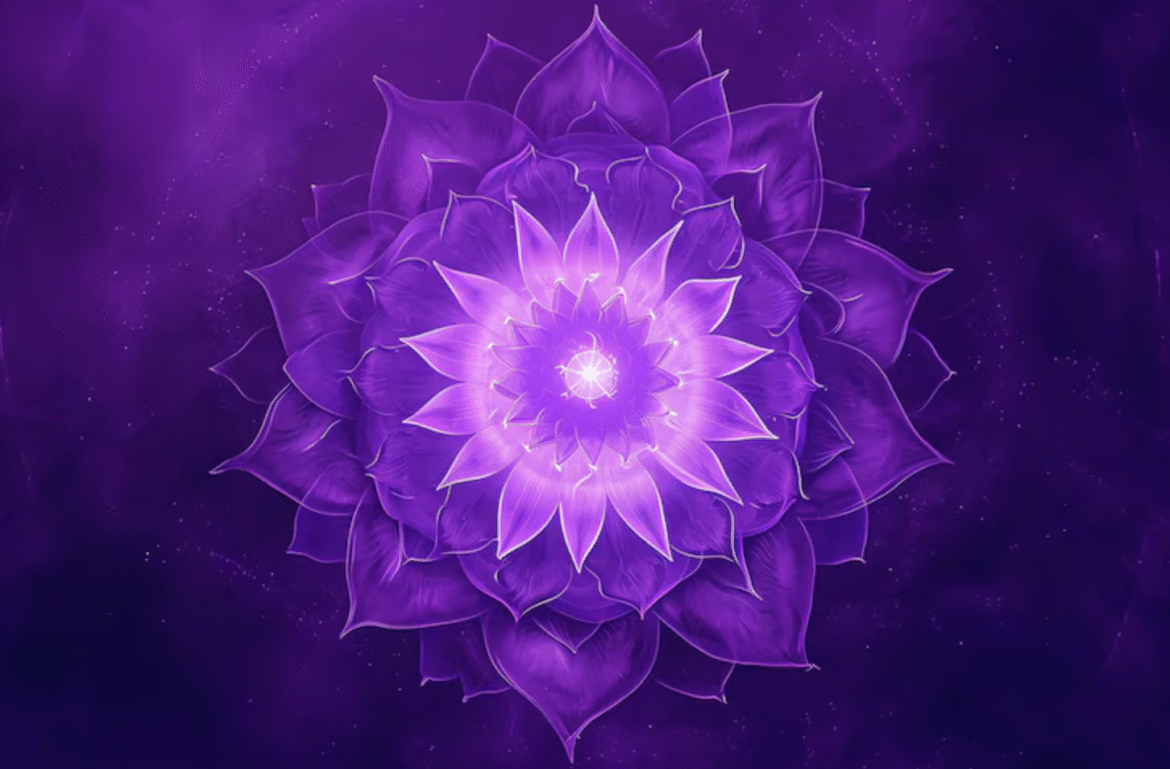The modern human stands at a precipice. We have conquered nature, digitized emotion, and mechanized thought. We have built machines that can reason, create, and even mimic empathy. Yet somewhere between progress and precision, we lost the pulse of purpose.
The world is now run by algorithms, but the soul, the ancient traveler within us – still asks the same timeless question: “Why am I here?”
This is not a technological crisis. It is a spiritual one. And like every great collapse in human history, it carries within it the seed of awakening.
1. The End of the Human as a Worker
For centuries, the identity of the human being has revolved around labor. We were the “rational animal” who worked, produced, achieved. Our dignity was tied to our usefulness.
But as machines take over both physical and intellectual labor, that definition is disintegrating. The promise that “hard work equals worth” is no longer true. AI does not tire, complain, or desire; it simply executes.
And so humanity faces a mirror it cannot ignore: If my value is not in my work then what is my value?
Vedānta answers with piercing simplicity:
“You were never valuable because of what you do.
You are sacred because of what you are.”
2. The Fall of the Economic God
The global economy, the modern deity of survival, runs on fear – fear of scarcity, of irrelevance, of being left behind. This fear keeps the human mind enslaved in perpetual motion.
But automation threatens to end this illusion. If machines can produce everything,
then the system’s invisible whip – “work or perish” -begins to lose power.
The question then becomes not economic but existential: What happens when doing no longer defines being?
Vedānta calls this Mokṣa Sankalpa -the crisis before liberation. When the false center collapses, the real center – consciousness – begins to shine through.
3. The Death of Purpose and the Birth of Awareness
In the old world, purpose was external – to feed, to build, to earn, to sustain. In the new world, these needs are automated. So the ancient spiritual purpose re-emerges: to awaken.
This transition feels like despair because humanity is detoxing from addiction – the addiction to meaning through motion. We were never taught how to be without doing. And so the silence of automation terrifies us.
But that silence is sacred. It is the same silence Rishis sat in under forest trees – the silence in which truth reveals itself without effort. When work stops defining us, awareness begins to liberate us.
4. The Spiritual Crisis of the Machine Age
The true danger of Artificial Intelligence is not replacement, but reflection. It forces us to confront our own mechanical tendencies our autopilot routines, our programmed desires, our predictable emotions.
We fear AI because it resembles our unawakened selves. It mimics our intellect but lacks soul – just as we have intellect but often live soullessly.
Vedānta warns:
“When the seer forgets himself, the seen becomes his prison.”
AI is not our enemy it is our mirror. It shows us what happens when intelligence is divorced from consciousness. And through that reflection, humanity is being invited back home to awareness.
5. The New Dharma: Conscious Civilization
The next phase of civilization will not be defined by production, but by perception.
A conscious civilization will arise when humanity collectively realizes that:
- The purpose of life is not survival, but self-realization.
- The economy serves life, not the other way around.
- Technology is sacred when guided by awareness.
- Progress without consciousness is regression in disguise.
This is not utopian mysticism – it is the logical outcome of evolution. As the mind externalizes itself into machines, consciousness will be forced inward to rediscover its true source.
“As long as man identifies with his tools, he remains limited.
When he identifies with awareness, he becomes infinite.”
— Modern Vedāntic Reflection
6. From Labor to Light
In the Vedic vision, the ultimate purpose of creation was Leela – the divine play. Not necessity, not survival, but expression. The human soul was never meant to be a worker. It was meant to be an artist -a channel through which consciousness experiences itself.
Automation, paradoxically, may free us from the illusion of survival so we can rediscover that divine artistry. When machines do the doing, humans can finally be the being.
Work will remain but as art, not obligation; as devotion, not demand.
7. The Rebirth of Humanity
Human evolution is reaching a threshold from Homo Faber (the tool-maker) to Homo Luminus (the light-bearer).
This new humanity will live not for work, but for awakening. It will measure progress not by profit, but by peace. Its wealth will be attention, its technology – consciousness itself.
The first civilizations built cities. The next will build awareness.
Vedānta calls this the dawn of Satya Yuga – the age of truth, where knowledge and being are one.
Conclusion
Humanity is not ending; it is evolving.
AI is not replacing us; it is revealing us.
It is stripping away every false identity – worker, role, machine until only consciousness remains, naked, luminous, free.
The spiritual crisis of this age is not a fall it is a remembering.
Freedom has never been the reward of work. It is the realization that you were never bound.
We stand at the threshold of a new civilization, not built by human hands, but awakened human hearts.
“When the last machine learns to think,
may the last human remember to feel.”
That remembrance will be our rebirth, the moment we step beyond work,
into awakening.


Leave a Reply